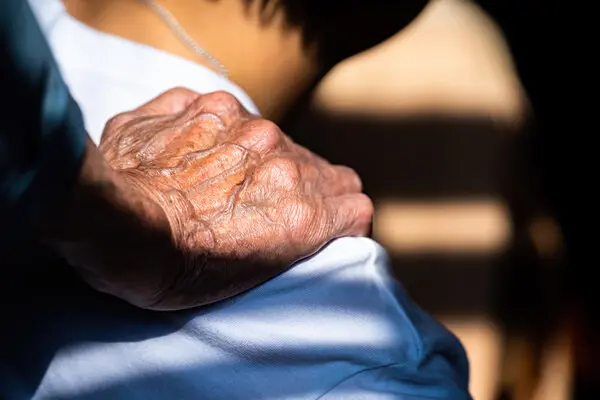When Surgeon General Vivek Murthy embarked on a nationwide college tour last fall, he couldn’t help but notice a recurring question: How do we connect with each other when it seems like no one talks anymore?
In today’s world, where online interactions often replace face-to-face conversations, loneliness has become a pressing issue, even among younger demographics. This phenomenon isn’t just confined to the young; it extends to the elderly as well. A recent study published in Psychological Science reveals a U-shaped curve of loneliness, declining from young adulthood, reaching its lowest point in midlife, then rising again after 60, peaking around age 80.
Eileen K. Graham, an associate professor at Northwestern University Feinberg School of Medicine and lead author of the study, points out that while middle-aged adults may feel more socially connected due to interactions at work, with family, and in their communities, these connections can dwindle as people age.
Dr. Murthy compares social connections to muscles, which weaken without use. Unchecked loneliness can have dire consequences for both physical and mental health, including heart disease, dementia, and suicidal thoughts.
To combat loneliness, experts recommend taking proactive steps at any age. Louise Hawkley, a research scientist at the University of Chicago, advises conducting a relationship audit sooner rather than later. Waiting too long can make forming new connections increasingly difficult.
Julianne Holt-Lunstad, a professor at Brigham Young University, emphasizes the importance of quality over quantity in relationships. Having a diverse range of connections that fulfill various needs is crucial for mental and physical well-being.
One practical step is to join groups or communities that align with personal interests or values. Research indicates that factors such as poor health, living alone, and having fewer close relationships contribute to increased loneliness, particularly after age 75.















































